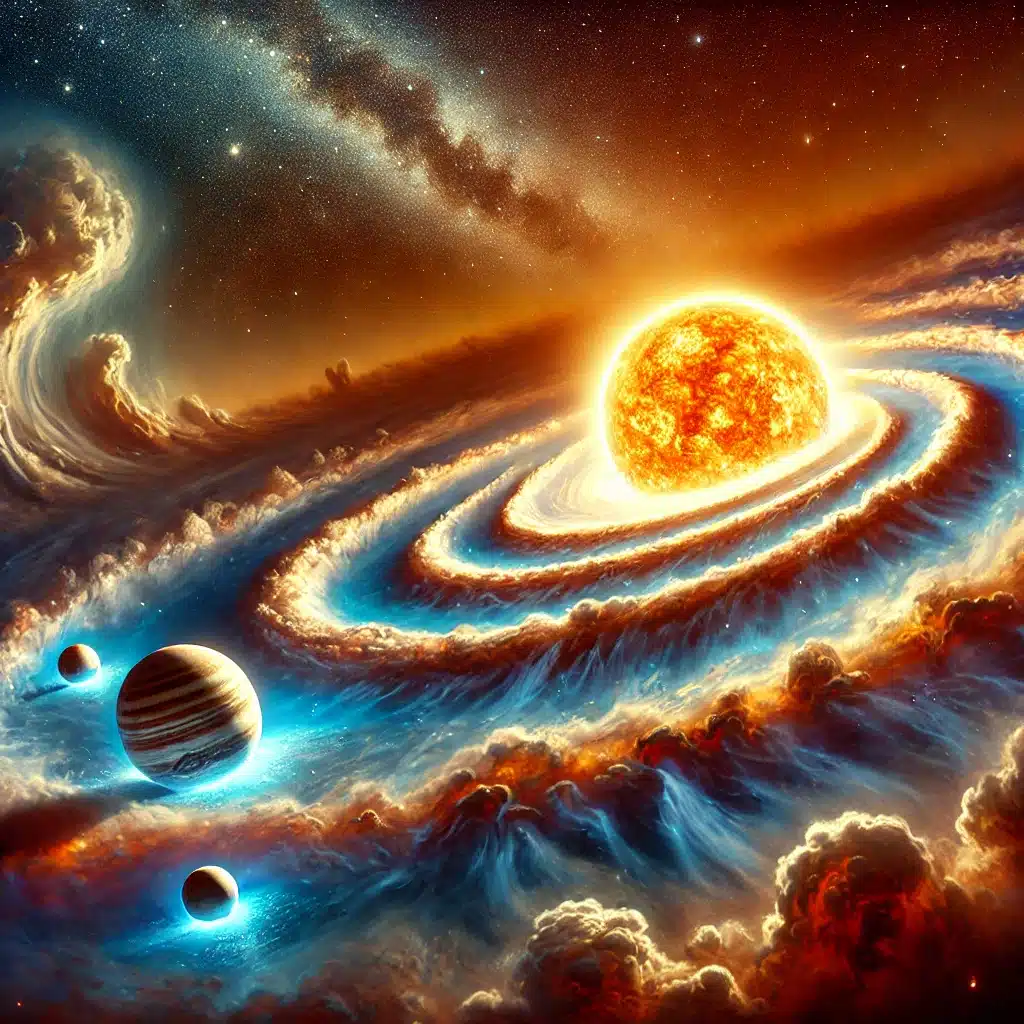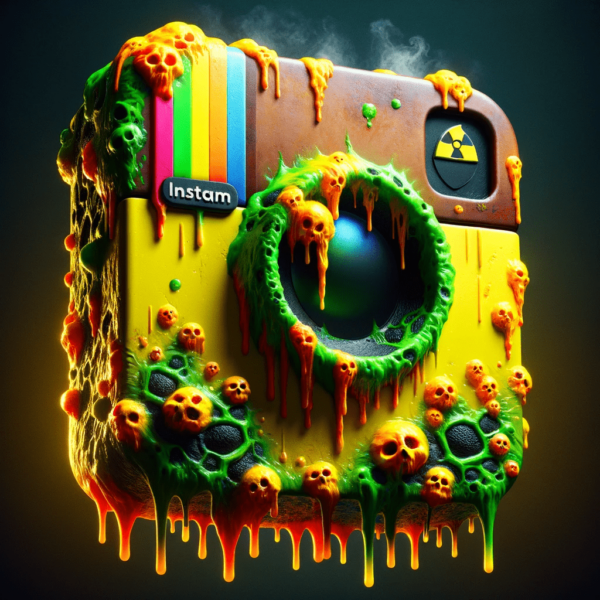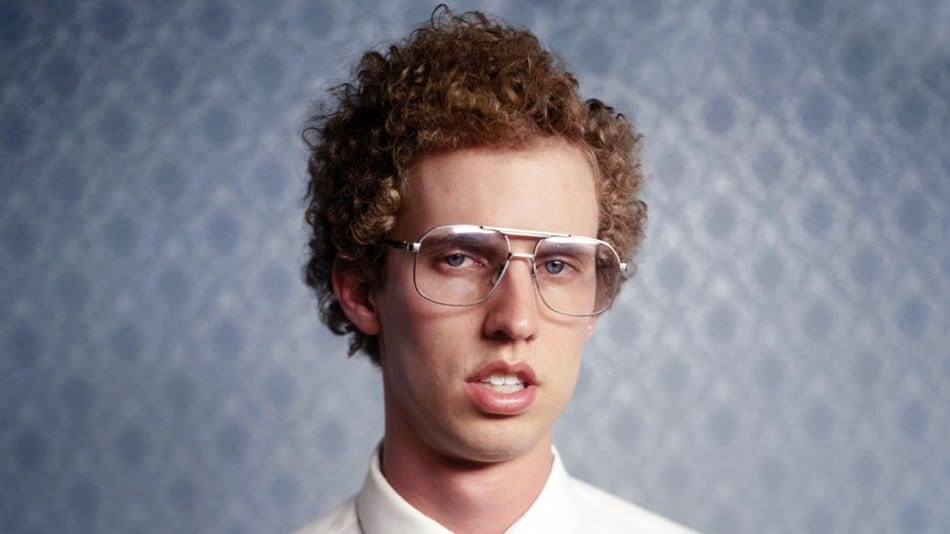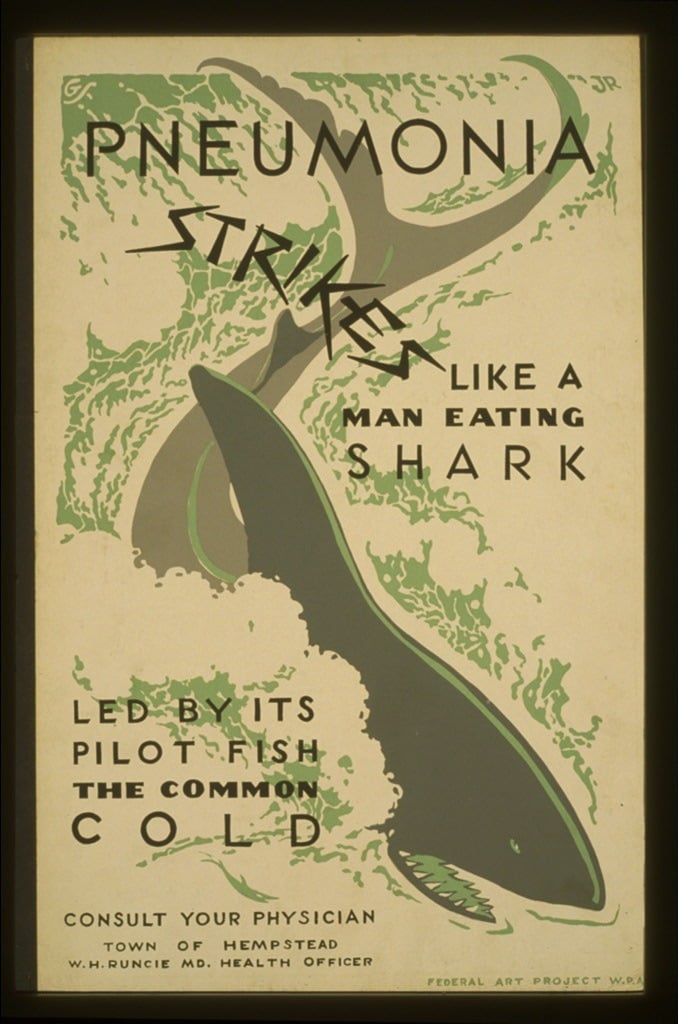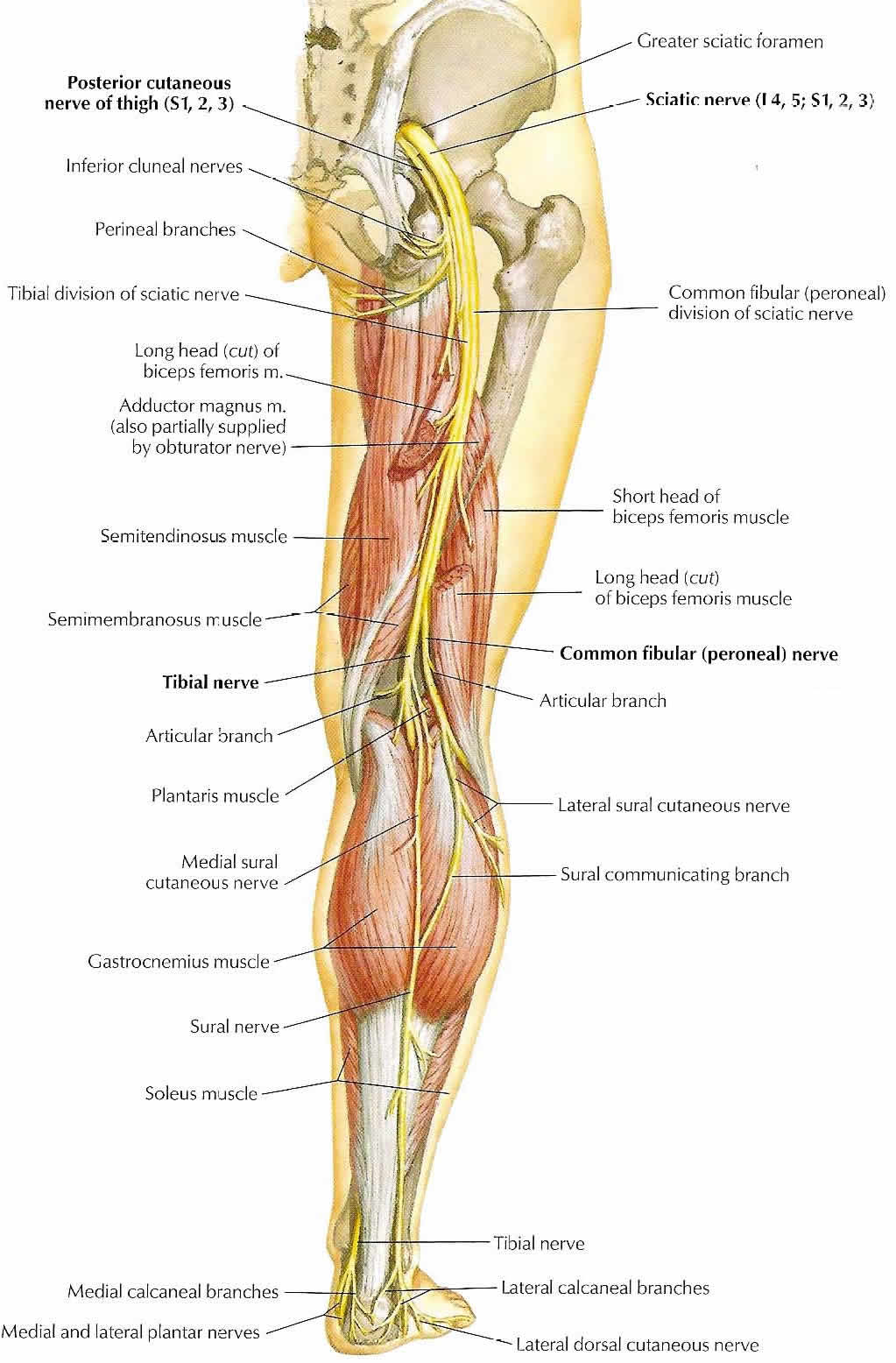The Creation of Planet Earth
Nothing is more fascinating than the origins of the immeasurably vast gravitational landscape of the cosmos. Where in the heck did all this stuff come from? The Earth is like a little bubble of life buoying in the unknowably large tides of the nebulae, adrift in endless waves of stars and their ruthless creators, the … Read more

